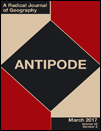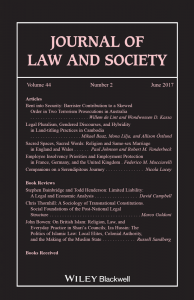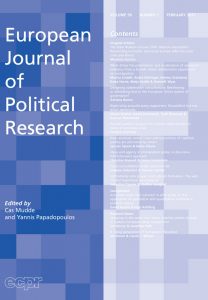Mainstream news media and the problem of privileging generic pornography research
As pornography becomes increasingly accessible due to technology (mobile phones, Internet, etc.), researchers have started to pay close attention to its individual and cultural impact on the construction of sexuality and subsequent behavior. Research on pornography spans a variety of theoretical paradigms and methodologies, and works to answer questions regarding audience reception, political economy of the industry, content and violence, and a variety of other cultural and critical inquiries. While at one point on the margins of media studies, film studies, and sociological research, porn studies has become a staple in attempts to understand the interaction between sexuality, audience and media.
Periodically, the mainstream media will pick up on published pornography studies and offer the researcher, or researchers, an opportunity to reach a larger audience. A recent article published in London’s Times reports on a recent study by Michael Flood, which found that young boys who are exposed to porn are likely to have problematic relationships with women. According to the article, “Boys exposed to porn are more likely to indulge in casual sex and less likely to form successful relationships when they grow older, according to research carried out in a dozen countries.” The article goes on to report that Flood’s research indicates that pornography is not the ideal sex educator and that the Internet is creating an environment where boys are most likely going to treat it as such.
After reading this article, I began to think about the politics behind which pornography studies are published in the mainstream media and which are overlooked. There have been many studies that I have worked on or have used in literary reviews that are never included in the various “mainstream” reports/updates on the condition of pornography and its influence on culture. That being said, why are certain studies used to educate the public on the “harms” of pornography and some aren’t? As a consequence, it appears that this inclusion or exclusion shapes “official” conceptions of pornography. Frankly, the findings of this study, while useful for some, do not truly reflect the diverse and progressive findings that pornography research has generated recently. While it is understood that theoretical constructions and critiques are typically not a concern for mainstream media, empirical data, on the other hand, is a common feature – and there are many pornography studies that have generated conclusions based on statistical methods. In the end, while this recent article, titled “Boys who see porn more likely to harass girls,” is a stable contribution to this research agenda, it fails to represent the true complexity of recent methodologies and subsequent findings. Why did this journal article surface in the mainstream media? How and why are these findings more “essential” to public consciousness over other findings? Why are these selected journal articles representing all that has been analyzed regarding pornography?
 Pornography, Panopticism and the Criminal Justice and Immigration Act 2008
Pornography, Panopticism and the Criminal Justice and Immigration Act 2008






1468-0491/asset/society_affiliation_image.gif?v=1&s=859caf337f44d9bf73120debe8a7ad67751a0209)
A colleague alerted me to this post. The research in question is mine, in effect a review of contemporary scholarship on exposure to pornography among children and young people. I’d be happy to send a copy of the journal article to anyone who asks.
Best wishes,
michael flood.
mflood [at] vichealth.vic.gov.au
Nice post about the presentation of sociological research to publics via the media. Great questions!
Keri